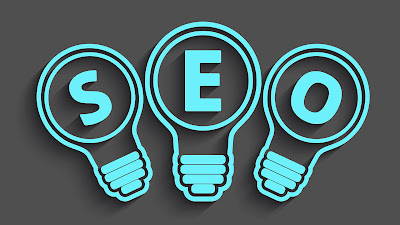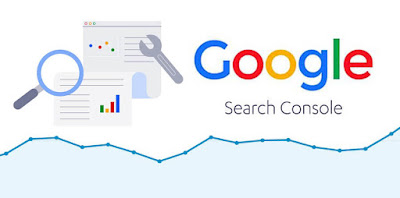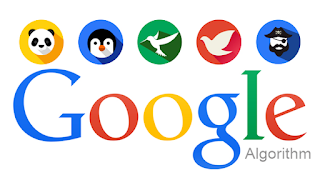History and Evolution of SEO
THE HISTORY OF SEO
Google was
co-founded by two university students, Larry Page and Sergey Brin, for their
university project in 1998. At the time Google performed as a sub-domain of
their university website. And after the submission of the search query and
Email id, the search results will be sent to the submitted mail id in 24 hours.
By the time search engines were widely used all around the world but it saw a
sudden hike after the Al-Qaeda attack at the World Trade Center on September 11th
2001 as more users started searching about the incident and unfortunately
Google couldn’t provide the requested information to its users. This led to discussions
among the engineers detecting that not every webpage was crawled.
Search engines function through 3 processes. Crawling,
Caching, and Indexing.
- Crawling is the first process through which new web pages are scanned by the search engine. The scanning program is called BOT also known as Robot or Spider.
- Caching is the second process in which a screenshot or snapshot of the scanned webpage is saved into its particular database.
- Indexing is
the last process where the search engine retrieves the requested data to the
users.
In order for the 3search engine process to work
smoothly, a guideline optimization practice was necessary. Thus a 32-page
starter document called “SEO Starter Guide” was published leading to the
birth of Search Engine Optimization (SEO).
THE EVOLUTION OF SEO
The aim of Google was always been to provide the best
results to its users. In the beginning, Google used Content specific or Niche
specific methods through which websites were ranked on the basis of keywords.
The ranking of webpages based on the keywords used on a webpage was known as Keyword
Meta Tag. And thus in order to increase the webpage ranking, webmasters
started stuffing keywords into their webpage, which is a black hat SEO
technique known as Keyword Stuffing. To avoid such malpractice, Google
changed its algorithm to Link specific. Here
the web pages are ranked based on the number of links a webpage receives from
another webpage. This method of algorithm led to the selling and buying of
links to help increase the rank.
The Quality link specific ranking was the next experiment by Google. Here web pages were given ranks out of 10. The rank of the webpage referred to the trust value of the webpage. 200 other factors were also considered while ranking the web pages. As before highly ranked web pages started to sell links to other webmasters which led to the new solution from Google called the “passing the juice” method. Through this method when a highly ranked web page gives links to other web pages, the ranking will be reduced from the former. Link value is the equity passed from one web page to another. But in case of mandatory references, Google started the “no follow mechanism” where reference links can be shared but link value or equity will not be reduced.
In 2009, Google introduced new features such as
personalized search results, auto suggestions etc. User interaction was
increased. And web pages were ranked on the basis of user interaction. When a
web page has more interaction than a highly ranked web page, the former is
expected a rise in rank because of the user interaction. This system is called Pogo
Sticking. Bounce rate of a web page decreased with the high user
interaction. as social media presence blew up in 2010, the influential accounts
on these platforms also played a role in the ranking of Web Pages.




Comments
Post a Comment